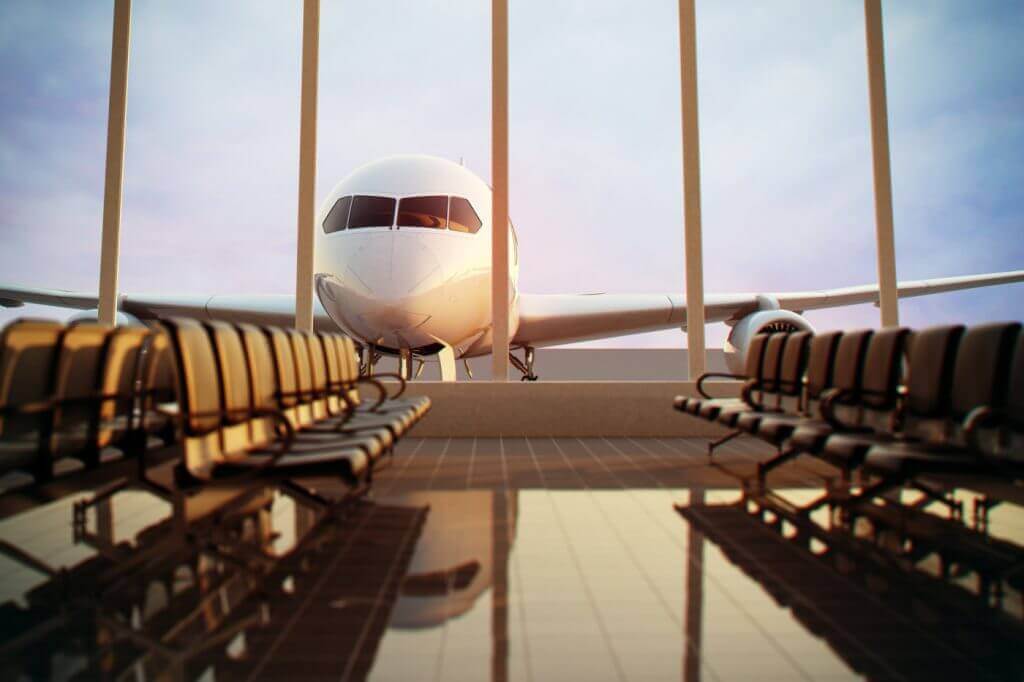
Price may be important for consumers but that doesn’t mean they always choose the lowest fare.
Airlines that offer fare families, or branded fares, are experiencing a wide range of results. Some are achieving dramatic upsell, as many customers select a higher fare rather than the lowest, bare bones fare.
At Frontier Airlines we were pleased when we achieved 35% upsell (Frontier was the first airline in the US to offer branded fares and 35% of the passengers presented with these chose a premium fare over the lowest fare). Some airlines, however, are seeing much less upsell.
Factors that can drive relative success are said to be:
- The ‘right’ number of fares. Most airlines present three economy fares as part of their standard fare family display. More than three fares can complicate the customer decision process; fewer fares may not provide the choice customers seeking. We offered three families initially at Frontier.
- The ‘right’ fare differences. A high fare premium for the first sell-up is a deterrent, even if the higher fare includes many valuable ancillary features. The first sell-up at Frontier was about $25.
- The ‘right’ features in the lowest fare. If the lowest fare has too many amenities, there is obviously less reason for passengers to pay for more services. Many airlines find that if the lowest fare doesn’t include a checked bag, there is a higher likelihood of sell-up. At Frontier, the lowest fare did not include a checked bag.
Although these are important structural elements of a successful fare family programme, probably the most important factor is the competitive environment.
Read rest of the article at Eye for Travel




